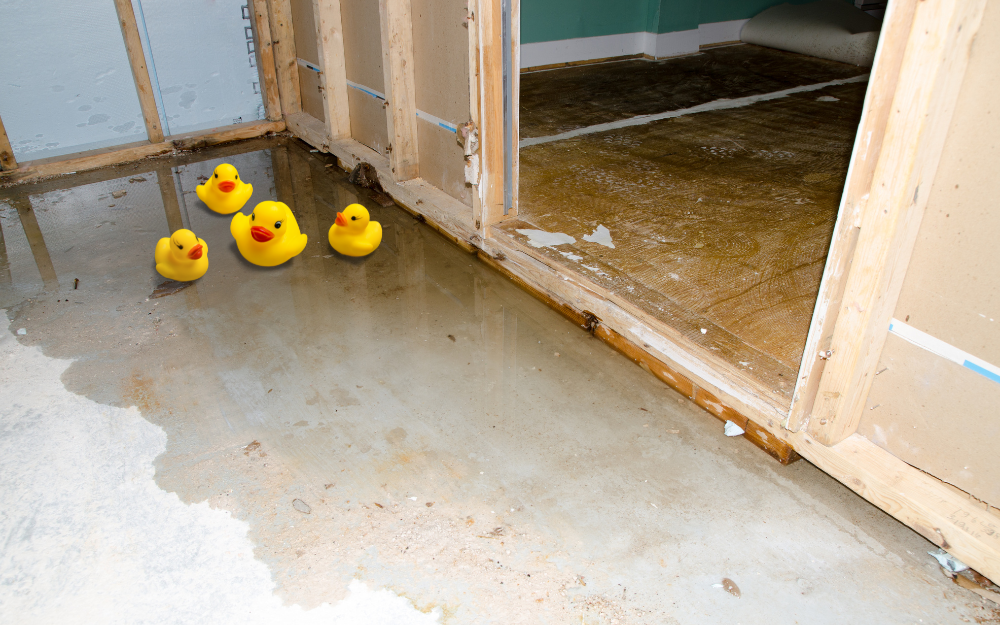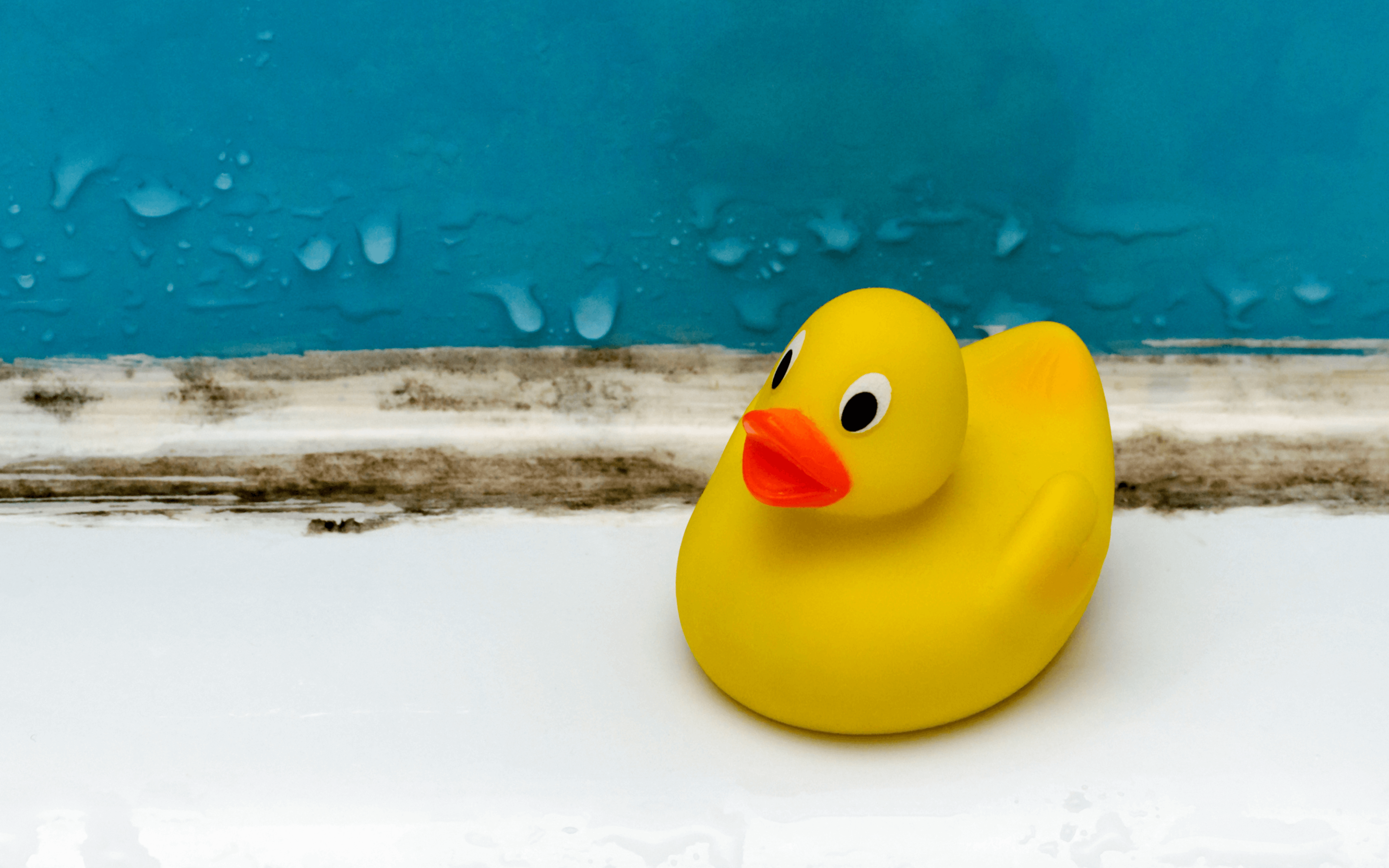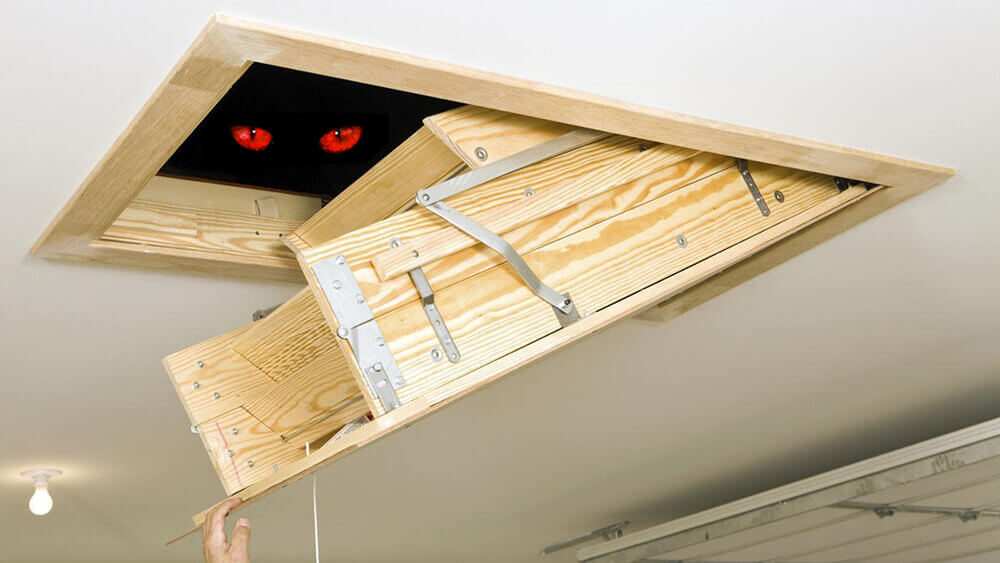Did you know that the number of transactions involving a condominium unit across 2024 increased…

Water damage: Avoid costly and harmful water damage to your house
Every year in Quebec, in spring, thousands of basements are flooded. The main cause: improper design and malfunction of the sump and its pump. Learn how to avoid cleaning costs and mold damage with simple tips and easy prevention methods explained by our experts.
How can you avoid water damage?
Our home inspectors are there for you to help
you minimize the risks of water damage.
No house in Quebec can boast of being sheltered from rain and water-related damage. This is why, during construction, contractors put in place a wide variety of means and tips to counter the harm caused by the presence of water and humidity everywhere around our homes.
During the construction of a house, a huge hole that will accommodate the foundation of the building is dug in the ground. All around the bottom of the foundation, and depending on the type of soil present, a large perforated pipe is placed: this is the foundation drain. This drain winds through the base of the foundation and ends up either in the municipal storm sewer system, in a ditch or in an indoor sump. Finally, the excavated hole is filled with soil and construction continues until its final delivery.
Depending on the time of year, especially with snowmelt and heavy rains, the ground becomes waterlogged and the water table rises. This is when the foundation drain comes into play. Since the water is always looking for the way that offers it the least resistance to drain, it chooses to go through the drain rather than attempting to infiltrate through the cracks in the foundation wall. Once in the drain, the water will flow to its mouth.
If the mouth of the drain is in an indoor sump, the checks are relatively straightforward. The primary function of the sump (or retention pit) is to evacuate groundwater and thus prevent too much pressure being exerted on the foundation and causing water infiltration. But the pit is not big enough to hold all the water that the ground can bring to it. In most cases, a pump is then necessary to evacuate the water from the sump to a municipal sewer or to the exterior of the building, thus keeping the water at a level lower than the basement floor and the slab. .
A malfunction of this pump or a blocked drain pipe can cause the water in the pit to overflow and therefore cause water damage to the basement. To ensure the proper functioning of a sump, it should be installed in an easily accessible location and be equipped with an efficient pump whose float is adjusted to keep the water level below the level of the slab. basement. The sump should then be covered with a waterproof moisture resistant cover to prevent mold growth. Since this pump runs on electricity, it would be wise to provide a battery-operated safety pump in the same sump. Some areas critical for rising groundwater even have several sumps and pumps of all kinds to avoid the worst.
But while a sump water overflow is a clear sign of something wrong, the opposite – a constantly draining pit – doesn’t for sure mean the situation is ideal. As our inspectors tell their customers, running out of water in the sump may indicate that the connector line from the foundation drain is going up to the retention pit and not the other way around. In such a case, the water included in the soil around the building cannot drain towards the sump and then exerts a constant pressure on the foundation, which increases the risks of water infiltration, of penetration of the moisture through the concrete and excess water vapor in the surrounding air.
According to the building code, a good design of a sump pit means that the pipe connecting the foundation drain to the sump has a downward slope of ¼ inch per foot and that it is higher than the drain pipe to the rainwater system from the municipality. In the sump, the end of this drain pipe should be fitted with an inverted tee and the minimum distance between the bottom of the tee and the bottom of the pit should be at least 75 mm (3 inches).
This all sounds complicated and we know it is never easy to determine the slope of a conduit buried in the ground. But, if you have any doubts about the conformity of your installation, remember that the experts at Legault-Dubois are always ready to help you. When in doubt, ask our experts.
How can you avoid water damage?
Our home inspectors are there for you to help
you minimize the risks of water damage.


